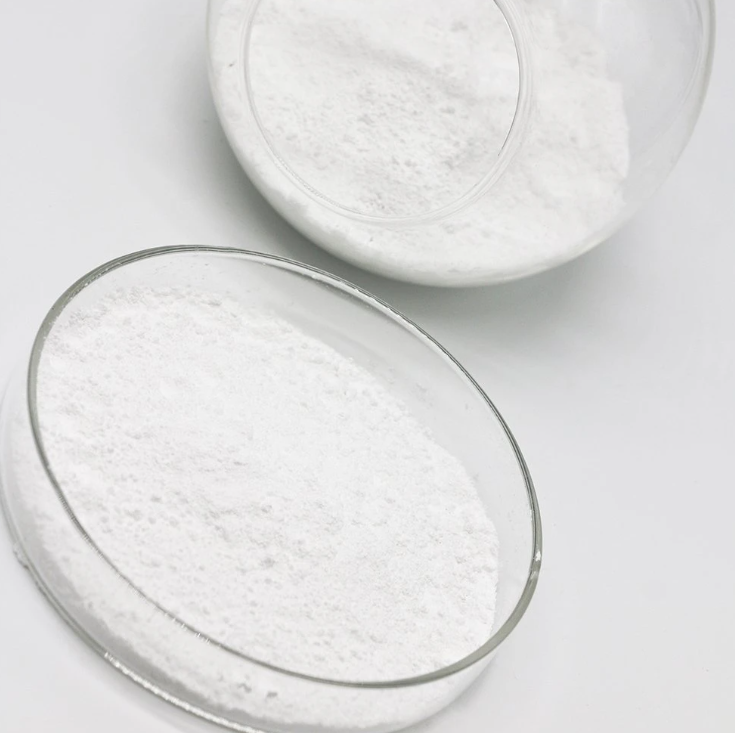Clay bonded refractory castable is also a more commonly used, although the refractoriness is not higher than high aluminum refractory castable, but the price is relatively cheap, under the action of sodium hacetaphosphate dispersant and coagulant, basically obtain the construction performance, temperature and low temperature strength. Therefore, in the clay-bonded refractory castable, only the dispersant can fully disperse the clay particles to reduce the secretion of clay particles, while sodium hexametaphosphatine can play a good dispersion role in the clay-bonded refractory castable, so that the clay-bonded refractory castable has good fluidity and constructability, so as to ensure its good high temperature performance.

The mix ratio of clay refractory castable is varied. Clay combined with refractory castable has specific index requirements for clay: AL2O3 is 29%~35%, Fe2O3 is less than 1.8%, K2O is less than 1.1%, the burning is reduced to 10%~14%, the refractoriness is greater than 1670℃, and has a wide sintering temperature range, in the mineral composition should contain a small amount of montmorillonite and mica and other substances, so that it has good bonding and plasticity. More than 60% of the clay should be less than 0.088mm after grinding, and its dosage is 7%-13%.
Refractory aggregate mainly uses clay clinker and high bauxite clinker, large size 10mm, general aggregate accounts for about 70%, fine powder select special or A high bauxite clinker for grinding, sometimes also mixed with aluminum powder or corundum powder, less than 0.088mm accounts for more than 85%, in castable 17%~25%.
General selection of high aluminum cement or pure calcium cement as hardening agent, the dosage is 0.2%~3.0%, in the clay colloidal dispersion system, add alkali metal ions as dispersant, can form alkali ion clay, because alkali ions have strong positivity, potential difference, repulsive force between clay particles. There are more cations in clay, and the interval of particles increases, which promotes the colloidal gel of clay, releases free water, enhances the fluidity of castable, and is conducive to stirring molding.
Compared with aluminate cement refractory castable, common clay refractory castable has the characteristics of high strength, no decrease in strength at medium temperature and resistance to spalling. Compared with plastic, it has the characteristics of convenient construction and easy storage. Its use temperature is generally 1400 -- 1500℃. Sodium hexametaphosphate (Hexametaphosphate) has been widely used in flame furnaces such as clay refractory castable soaking furnace and heating furnace.
Post time: Feb-13-2023

